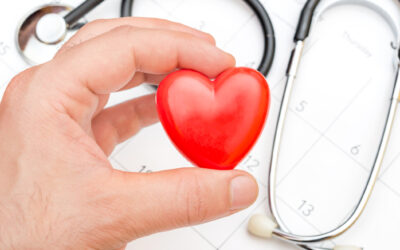Social media is a powerful tool that when used properly can reach a wide audience but creating regular social media content for your pharmacy can be a challenge to make time for on top of all the many other day-to-day tasks that need to be accomplished. Fortunately, we’ve done some of the heavy lifting for you with some resources and post ideas that can help you get a jump start on planning your pharmacy’s social media calendar this summer.
Creating Social Media Posts For Your Pharmacy
Below are two great resources for creating posts and images.
- Canva (canva.com) is an excellent resource to create bright eye-catching designs. You can utilize a template already made, or create your own. In our post ideas below. We have example of posts we made in a matter of minutes using these pre-made templates.
- CDC toolkits were created to “include policy guidelines, training and educational resources, and successful strategies for heart disease and stroke prevention.”
Summer Social Media Post Ideas
Heatstroke Posts
Educate your patients on signs and symptoms of heatstroke & what to do if this does occur.
Below are examples of text you can include:
What do we do when a heat stroke occurs?
- Call 911 for emergency medical care.
- Try communicating with the patient
- If a patient can drink, have the patient drink cold water
- Wet the skin around the patient
- Try to circulate fresh and cool air
- Move to a shaded area and remove outer clothing
Symptoms:
- Rises in body temperature (up to 104F / 40C or higher)
- Skin appearing red in color
- Altered mental status
- Seizure
- Headache
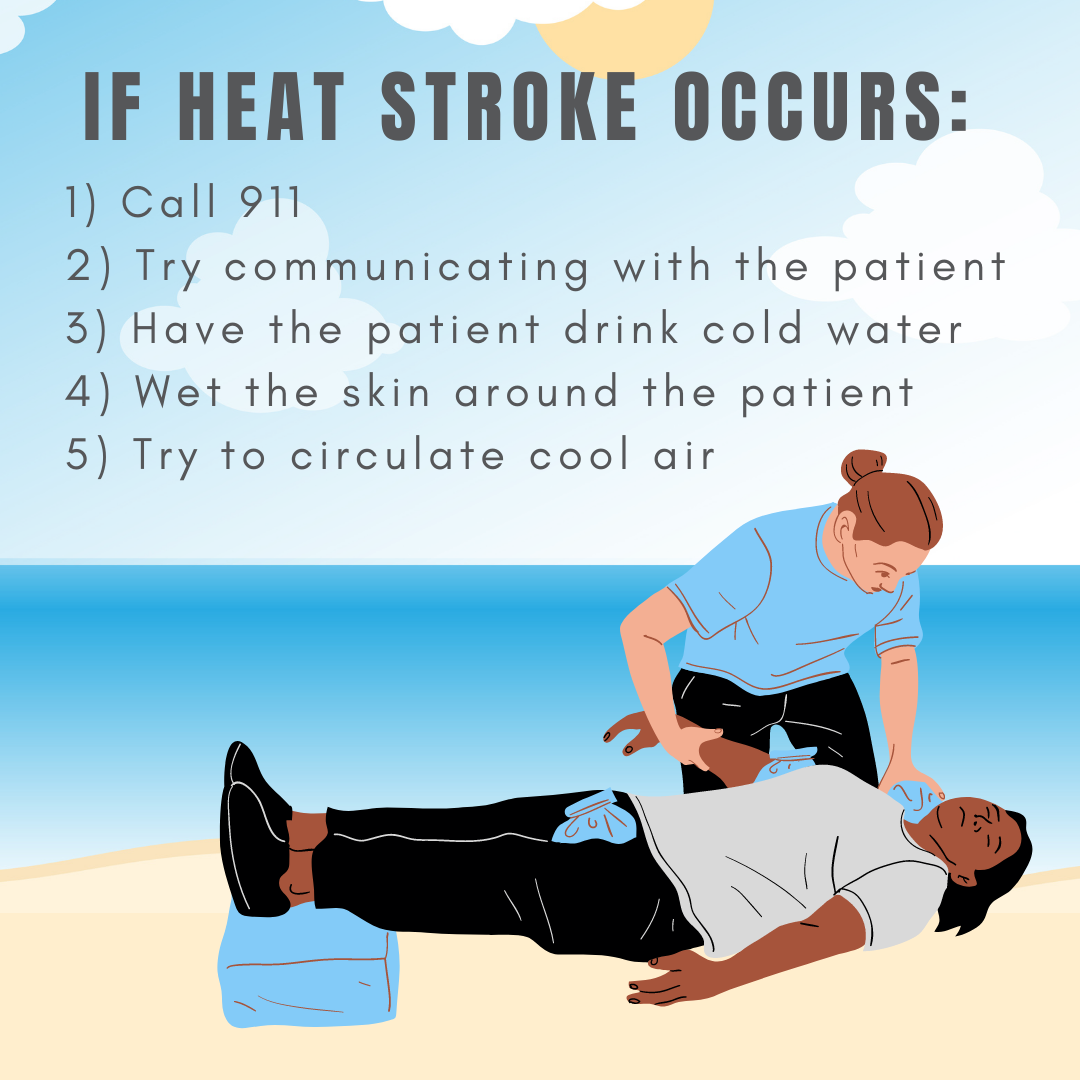
Heat Exhaustion Posts
Educate your patients on signs and symptoms of heat exhaustion & what to do if this does occur.
Below are examples of text you can include:
What do we do when a heat stroke occurs?
- Call 911 for emergency medical care.
- Try communicating with the patient
- If a patient can drink, have the patient drink cold water
- Wet the skin around the patient
- Try to circulate fresh and cool air
- Move to a shaded area and remove outer clothing
Symptoms:
- Rises in body temperature (up to 104F / 40C or higher)
- Skin appearing red in color
- Altered mental status
- Seizure
- Headache
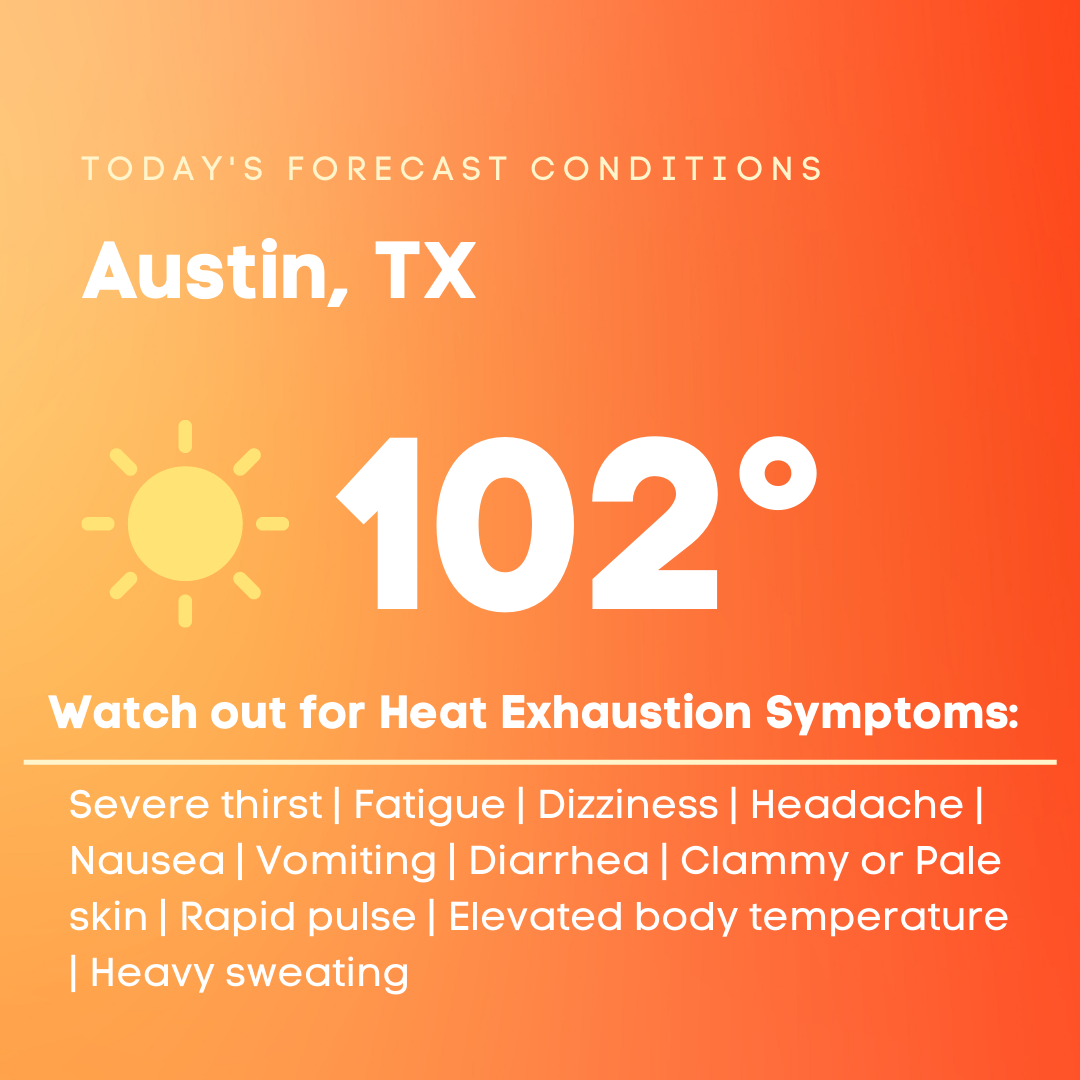
Drowning Prevention Posts
Educate your patients on water safety and what to do if a drowning does occur. Below are examples of text you can include:
- Supervise pool or water area closely
- Children/Adults learn basic swimming and water safety skills or wear a life jacket when in water.
- Become trained to administer CPR
- Avoid alcohol while swimming/supervising others who are swimming
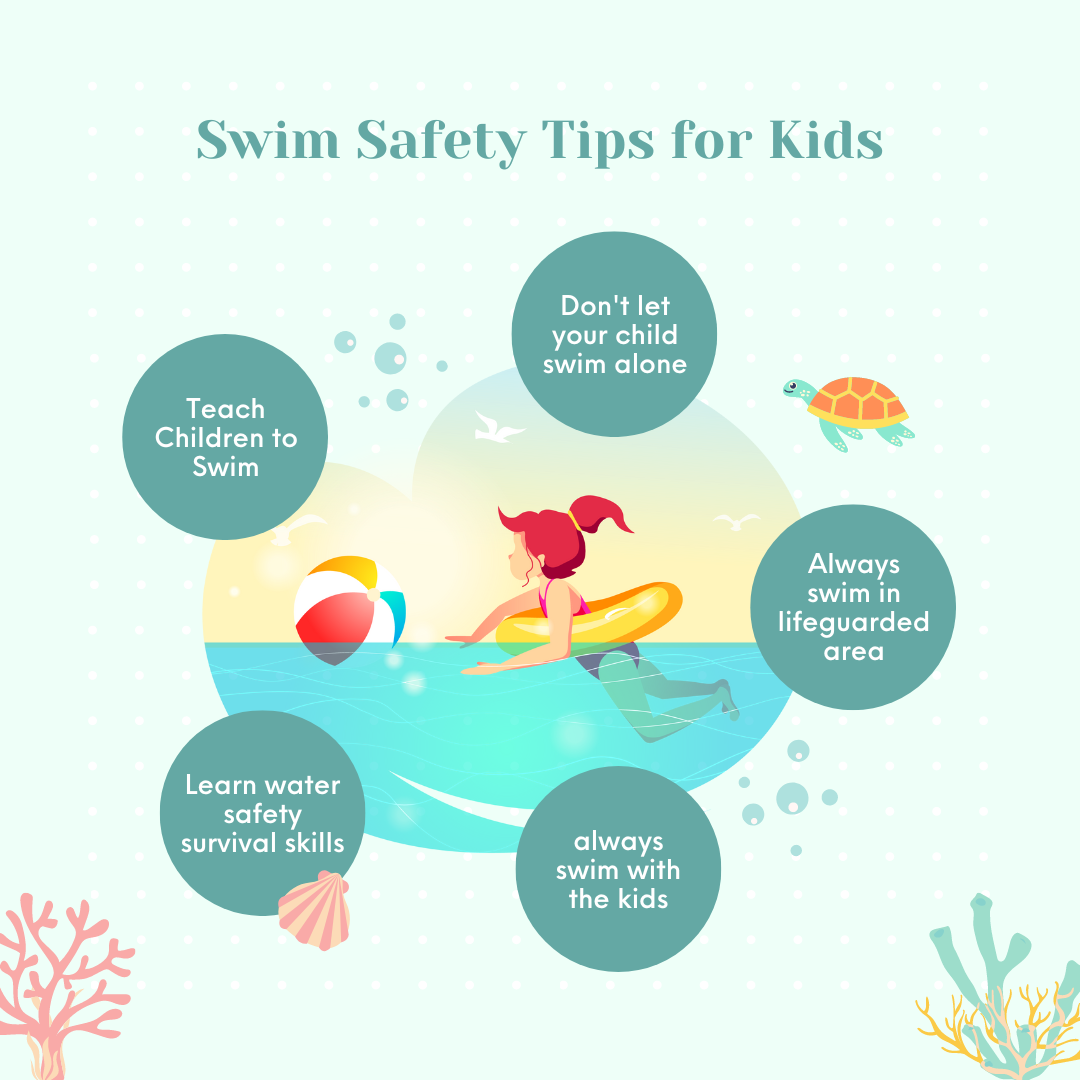
Dehydration Posts
Educate your patients on water safety and what to do if a drowning does occur.
Below are examples of text you can include:
What are some ways to stay hydrated?
-
- Ensure the whole family has designated water bottles and they are taken on all trips/outings.
- If electrolyte replenishment is needed, educate your patients to figure out the best option for them.
- Take designated water breaks throughout the outings to ensure everyone is staying hydrated.
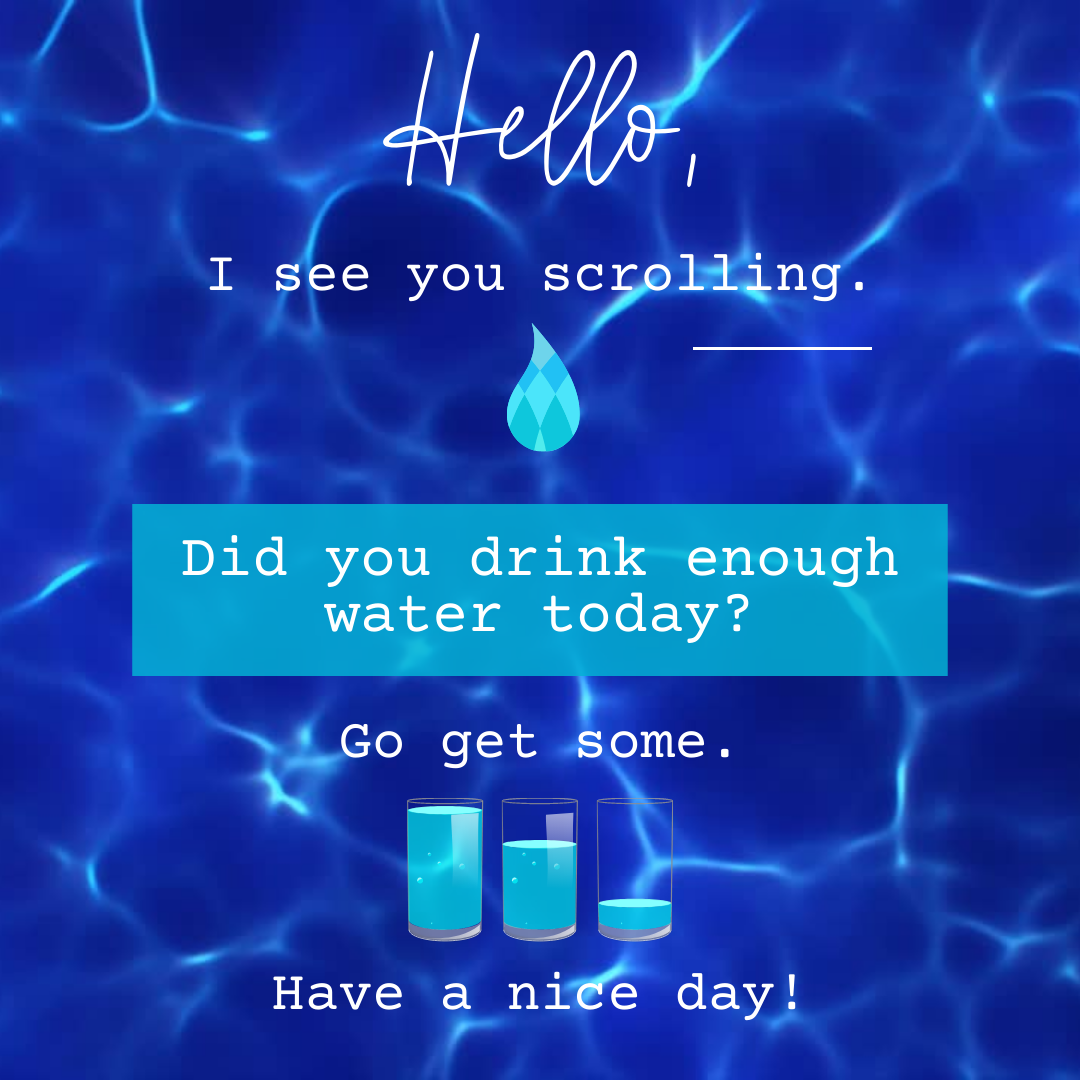
Skin Protection
Educate your patients on ways to protect their skin from the sun. The CDC offers some great recommendations for sun safety. Below are examples of text you can include:
Which medications can cause increased skin sensitivity to the sun?
- Antibiotics and Over the Counter Medication
- Benadryl
- Nonsteroidal Anti-inflammatory Drugs (NSAIDs) → Aspirin, Ibuprofen
- Antibiotics: Bactrim, Tetracycline
- Antidepressants
- Antipsychotics
- Oral Diabetic medications
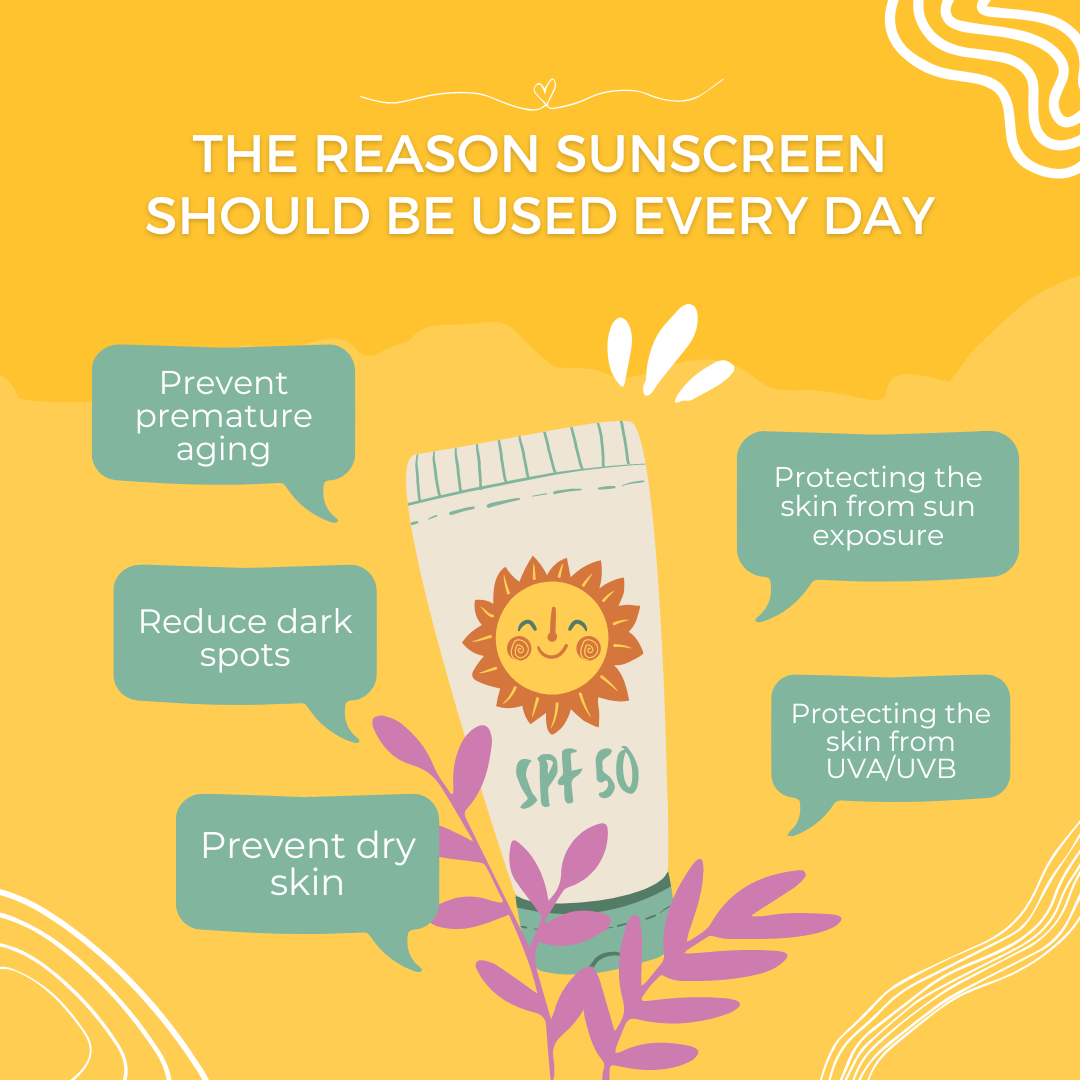
What are some sun health tips?
- If possible, avoid being outdoors when the sun is most intense (10 am-2 pm)
- Recommend using umbrellas, sunglasses, wide hats, and use sunscreen to protect your skin when outdoors
- Sunscreen application tips: Apply 30 min before going out into the sun. Reapply the sunscreen every 2 hours, and every time you come out from the water.
- How to choose the right sunscreen? Use sunscreen with an SPF number of at least 30. Check the expiration date of the sunscreen and do not use expired products.
Need additional help with your pharmacy’s social media posts?
Our digital marketing experts are here to help you build your pharmacy’s social media presence through the all the seasons! Reach out to us at connect@digitalpharmacist.com or at 877-959-7550.

